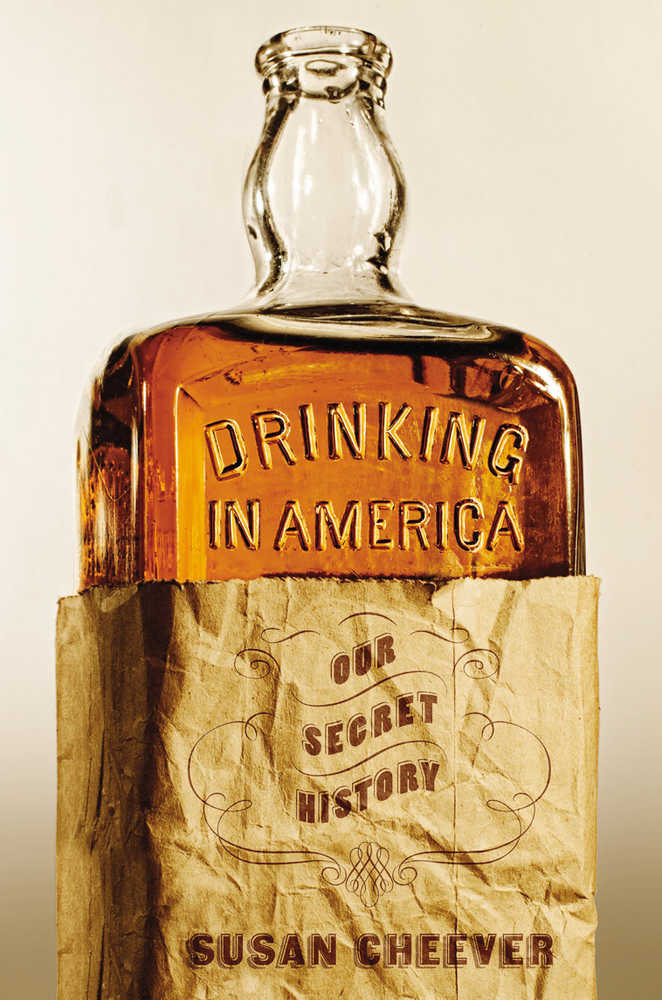At least once in recent memory, the spirit moved you.
It moved you to babble more than normal, glad-hand a little too much, and generally become much more gregarious. The spirit moved you, and you paid dearly for it the next morning with cottonmouth and a good strong headache. So read the new book “Drinking in America” by Susan Cheever (c.2015, Twelve, $28, 259 pages), and you’ll see that you’re in good historical company.
It all started, says Cheever, with the Pilgrims. They set off from England to America in 1620 and arrived late in the fall, cold, hungry, and “running out of beer.” That wouldn’t have been a problem, except that beer for the Pilgrims was rather important. One of the first things they constructed was a brew house.
Within a decade after their first (very rough) winter, the Pilgrims were joined by the Puritans, a group that was more aristocratic than Pilgrim “riff-raff.” They helped ensure that the New World had taverns; everybody drank then, including infants and small children.
“By the time of the Revolution,” says Cheever, “the colonists’ drinking habits had escalated until each colonist was drinking almost twice as much as the average person drinks today.”
George Washington was happy to profit from alcohol, but John Adams’ family suffered from inherited alcoholism and by the early 1800s, drinking to excess was beginning to be seen as a bad thing. In 1805, the doctor to the Founding Fathers encouraged temperance. Then again, he also believed that alcoholism caused spontaneous combustion…
Americans rebelled over whiskey taxation before they ran to rum “with a side of cider,” thanks to Johnny Appleseed. Alcohol affected how Native Americans perceived white newcomers, who gave them stronger liquor than they could make themselves. Booze was a means for slaveholders to control their slaves, a way for doctors to perform surgery during the Civil War, and a method for settlers to bond. It was famously prohibited (although “few people took the … ban seriously”), and it affected the health of countless men and women. Alcohol might have caused the death of a President. And it almost “brought this country to the brink of World War III …”
We are, by and large, a nation that likes its tipple whether for church, relaxation, or for fun. In “Drinking in America,” you’ll see how that’s nothing new: we’ve come from a long line of party animals.
And yet, some of us aren’t necessarily proud of that: author Susan Cheever adds a personal spin here through anecdotes about her father, who was an alcoholic, and the struggles he had. Those observations act as a buffer between tales of booze, bars, and bottles of all the things we drank (or not), people who encouraged drinking (or not), and how alcohol changed America, which makes for a book that goes down like a smooth glass of wine after a long day.
Whether you’re a drinker or a teetotaler, if you like a wee nip of history, then here’s the book you want. Read “Drinking in America”… if the spirit moves you.
The Bookworm is Terri Schlichenmeyer. Email her at bookwormsez@yahoo.com.

